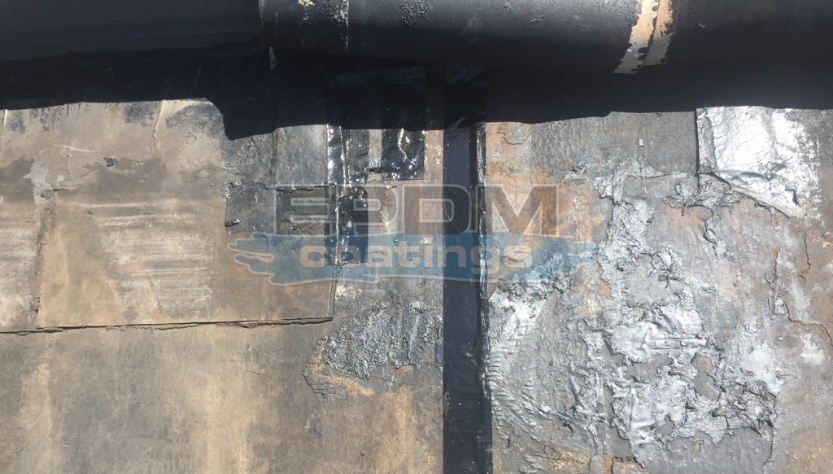Are you looking for a solution to your commercial roofing challenges? Whether you’re installing a new roof or repairing your existing one, Liquid EPDM rubber roofing deserves some attention. It’s versatile, affordable, and usable on most commercial structures. However, what might be one of its least explored advantages is its positive impact on the environment. Not sure how a rubber roofing system can be “green”? Let’s explore that in greater depth.
What Is Liquid EPDM Rubber Roofing?
EPDM stands for ethylene propylene diene monomer. That’s a mouthful, so we’ll just use Liquid EPDM rubber roofing for brevity. It’s made from rubber and delivers a broad range of benefits, including versatility, durability, and ease of installation. It’s a synthetic rubber and offers outstanding UV and chemical resistance, which is one reason it’s used in applications as wide-ranging as commercial roofs and pond liners.




The Environmental Benefits of Liquid EPDM Rubber Roofing
Now that you know a bit more about what Liquid EPDM rubber roofing is, let’s explore the environmental benefits of this material.
No Chemical Leaching
Some types of roofing can leach chemicals into rainwater. Those chemicals travel down through gutters and downspouts to the ground, where they can soak into the earth and contaminate waterways and groundwater. Liquid EPDM rubber roofing doesn’t leach chemicals, which is one reason it’s often chosen for applications like pond liners.
It Stands the Test of Time
How long does the average roof last? Most materials only last 20 or 30 years before they must be replaced. EPDM, on the other hand, can last up to 50 years with the right care and maintenance. That makes it one of the longest-lasting roofing materials on the market, with a lifespan on par with sheet metal.
Reduced Maintenance
While all roofing materials require a little TLC to maximize their lifespan, you’ll find that you have much less to do with Liquid EPDM rubber roofing. That’s because it’s UV-resistant and not susceptible to moss, algae, or mildew growth. It’s even resistant to ozone. All you’ll really need to worry about is the occasional cleaning to keep your roof in great shape.
Supports Other Green Roof Options
Sedum and living roofs are increasingly popular as property and business owners seek ways to mitigate their environmental impact. Liquid EPDM rubber roofing supports and integrates with these roof types and provides an ideal growing environment for vegetation while simultaneously creating a waterproof barrier to prevent moisture from entering the structure itself.
Energy Reduction
Around 25% of a building’s heating or cooling escapes through the roof, even with good insulation. Liquid EPDM rubber roofing can act as an additional layer of insulation on top of the roof, reducing heating and cooling loss into the environment and reducing your energy consumption. That’s good for the planet, but also helps you reduce your expenses.
Is Liquid EPDM Rubber Roofing Right for You?
As you can see, Liquid EPDM rubber roofing offers quite a few important environmental benefits. It’s capable of supporting living roofs, reduces energy loss and consumption, requires little in the way of maintenance, doesn’t pollute rainwater, and is 100% recyclable. Interested in this material but unsure if it’s right for your roofing needs? Get in touch for more information about our Liquid EPDM rubber roofing applications, butyl liquid rubber, and other materials. We’re here to help you find the right material for every situation.


